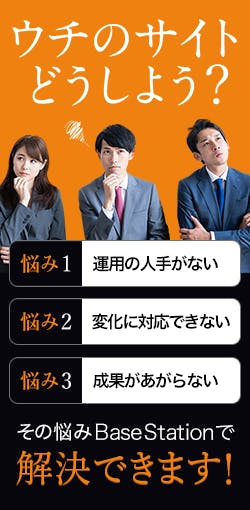Have a website it is very important in order to introduce your business to other people, but it will be more awesome if you build a platform that allows you to create contents frequently and make others get more interests not only in the articles you write but also your services or products. Online contents can build you credibility and trust for all visitors and convert them in leads.
Start to Get Found with this Tips that will Rock Your Contents
Step 1: Complete the Blogging Worksheet
This worksheet needs to be the foundation of all your blogging efforts. Make sure you’re writing about relevant topics your audience will find interesting and useful.
[cta]

[/cta]
Step 2: Write a Blog Article
Select one of the five articles you brainstormed in step 1 and write an article. The article should be between 200 and 400 words. When writing your article, your only concern should be the content in the article. Don’t get distracted by adding keywords, links, images, calls to action or anything else marketing-related. Only focus on writing content that your audience will find interesting.
Step 3: Add an Image
Now that the article is written you should add relevant image that will grab the attention of visitors and make them want to read the article. Make sure you match the image file name to the keyword you’re targeting in step 1. You also need to make sure the image’s alt text matches that same keyword.
You can use images from Creative Commons or other sources, but be sure to reference any image you use and provide a link back to the original source.
Step 4: Create Keyword-Rich Anchor Text Links
You need to have 1 or 2 links in your article that link to pages on your site. You should also have 1 or 2 links that link to external sites. When creating links you want to make sure the text you’re using as the hyperlink is related to the page’s content that you’re linking to. For example, if you’re linking to a page about outsourcing your data center services, the links anchor text needs to be something like “There are 5 primary reasons why you should outsource your data center services.”
Step 5: Add a Call to Action
Every blog post you write should have some type of call to action at the end of the article. Ideally, the call to action is related to the article’s topic, but it doesn’t necessarily need to be related. Promote your current offers at the bottom of each blog post, and your blog will slowly turn into a lead generation machine and become a valuable asset for your business.
Step 6: Create Key Takeaways for Each Article
You should have 1 to 5 key takeaways at the end of your article. These takeaways will help the reader clearly understand what they learned or what action they should take. These takeaways can stimulate comments and questions for your article.
Step 7: Create Whitespace
When you blog, whitespace is your friend. You should not write long paragraphs that form into blocks of text. If you do, it will deter the reader form reading because of how dense the information appears. Most people skim blogs and are only trying to find information related to what they’re looking for. The more whitespace you have, the easier it will be for someone to quickly scan the article.
Step 8: Bold Important and Compelling Text
Bolding important and compelling text will help readers quickly understand what the post is about and interpret the “what’s in it for me” question. The search engines place more emphasis on text that’s bolded, so bolding those target long-tail keywords can help you rank higher for those terms.
Step 9: Write a Strong Meta Description
The article needs to have a strong meta description, so when your blog post appears in a search results page, people can see the compelling reason on why they should click on your article’s link. Think of the meta description as 150 character call to action.
Step 10: Tag the Article
Make it very easy for someone to find what they’re looking for on your blog. Therefore you need to tag each article with no more than three tags. The tags you choose should be broader than long-tail keywords, as you are summarizing the topic of the blog post.
Step 11: The Two Golden Rules of Frequency
Blog at least once per week and never publish two articles on the same day. If you publish two articles on the same day two things happen. One is the search engines will most likely crawl your site that day, but not come back until you have new content. The second is to appease your blog readers. Everyone is busy and unless you have a very large subscriber base, the chance that someone has the time or interest to read two of your articles on the same day are slim to none.
Source : HubSpot
You might also want to check this blogs:
- How to Blog and Increase Your Traffic in 11 Steps
- 20 Ways to BrainStorm before to Create a New Blog
- How To Promote Your Blogs Online
- Your Business Doesnt Need a Website, What You Really Need is a Platform
- 13 Ways to Create New Content Offers for Your Persona
- 7 Step Guide to Creating a Resource Center for Your Contents
- What is the definition of Persona Online??
- 8 Steps to Create Contents & Lead Generation
- 10 Steps that will Optimize Your Landing Pages
- Create Call to Actions in 8 Steps
- 9 Awesome Steps to Create Email Marketing for Business
- 5 Best Ways to Test Your Email Contents
- 5 Steps to Get or Increase Guest Blogging
- 4 Ways to Drive Traffic in Your Landing Pages
- 10 Steps to Create Awesome Email Newsletter
- 10 Steps to Create a Monthly Inbound Marketing Report
- Content That Should Be on Your Lead Nurturing Emails
Start today to build your business with HubSpot (Inbound Marketing Software)





